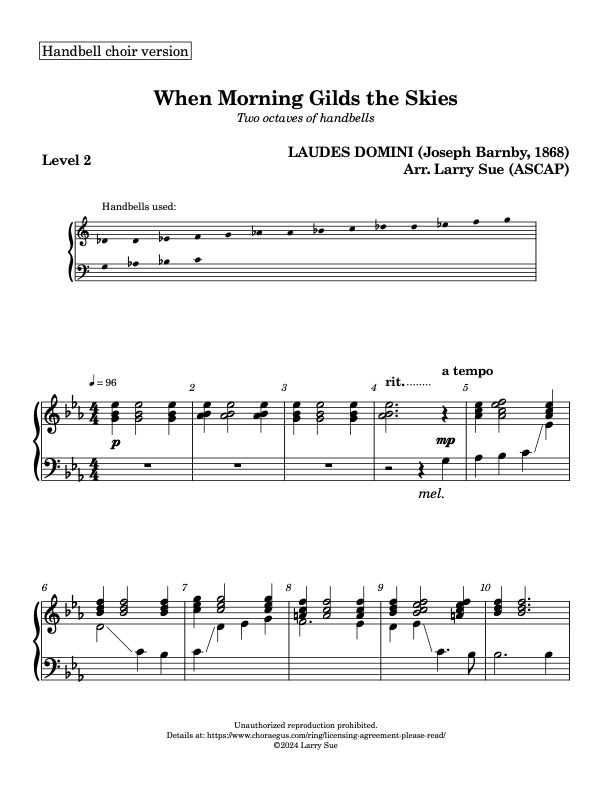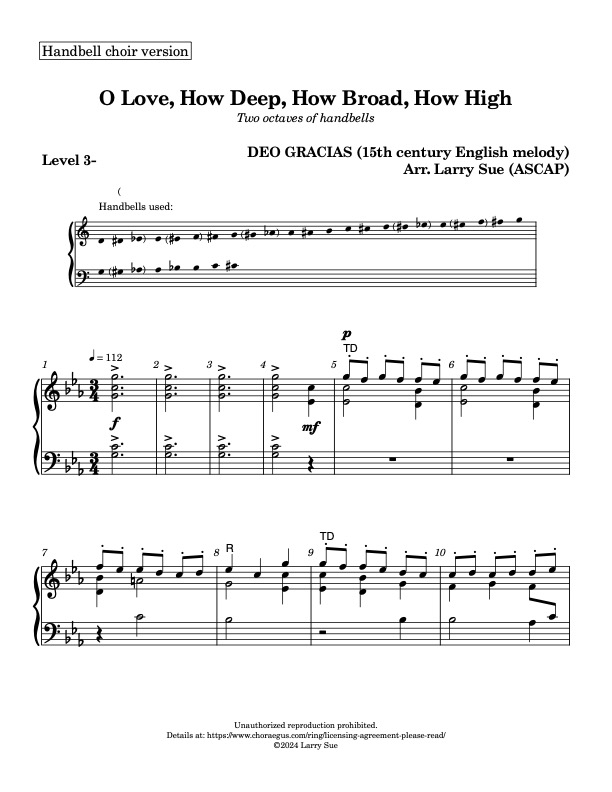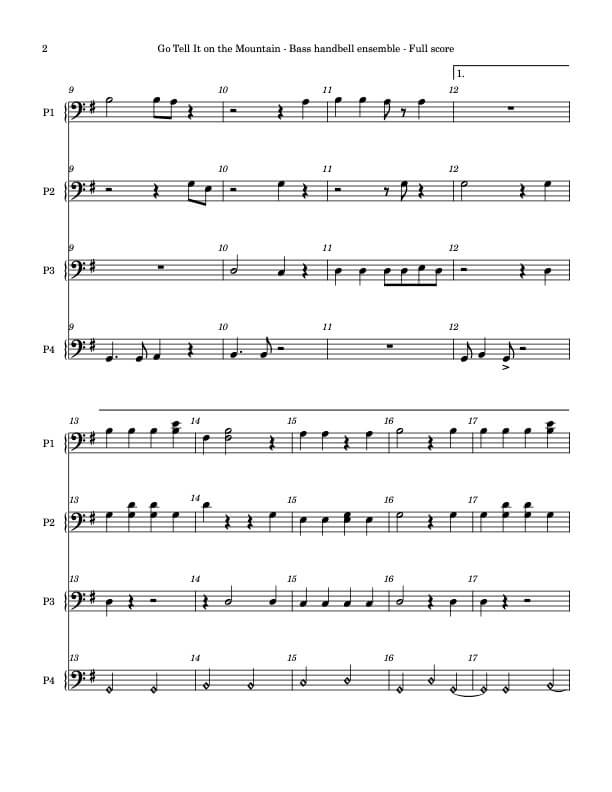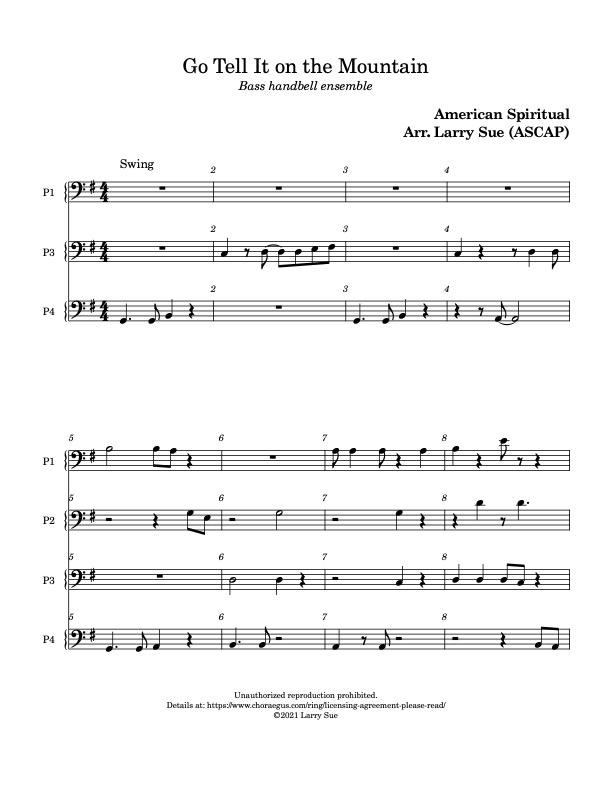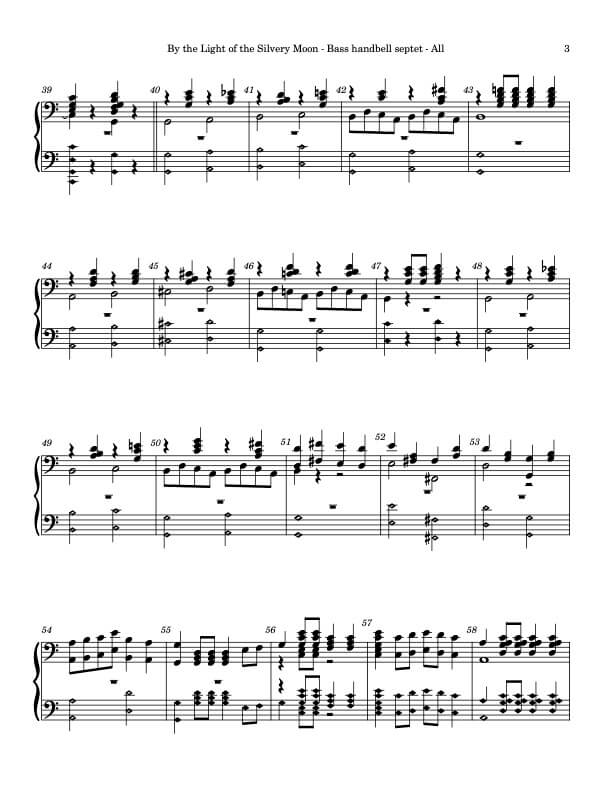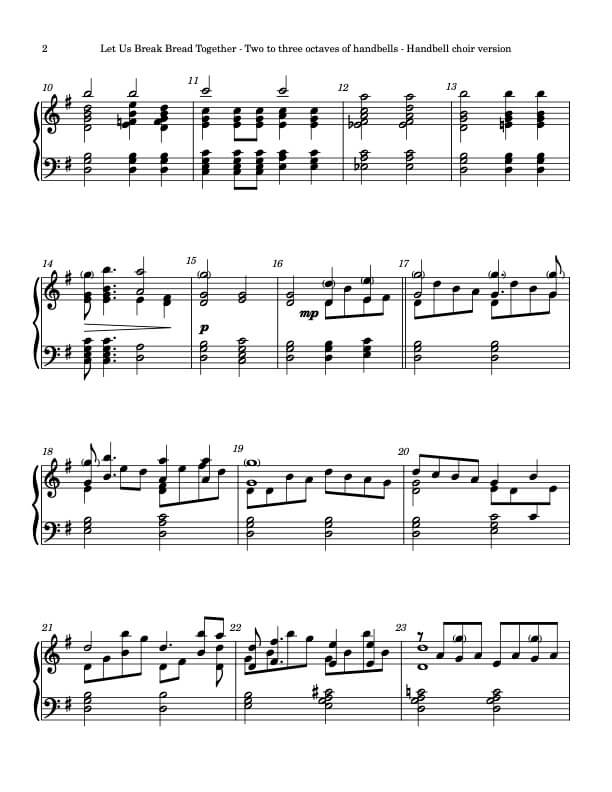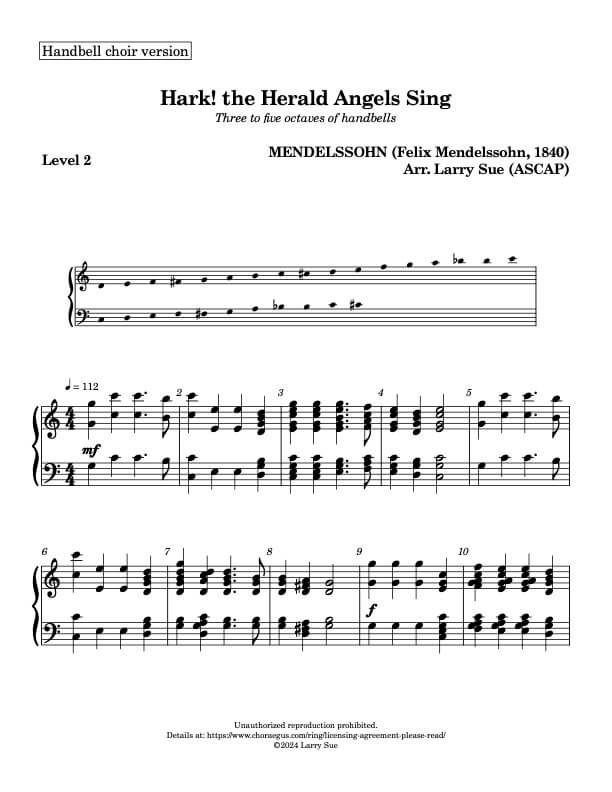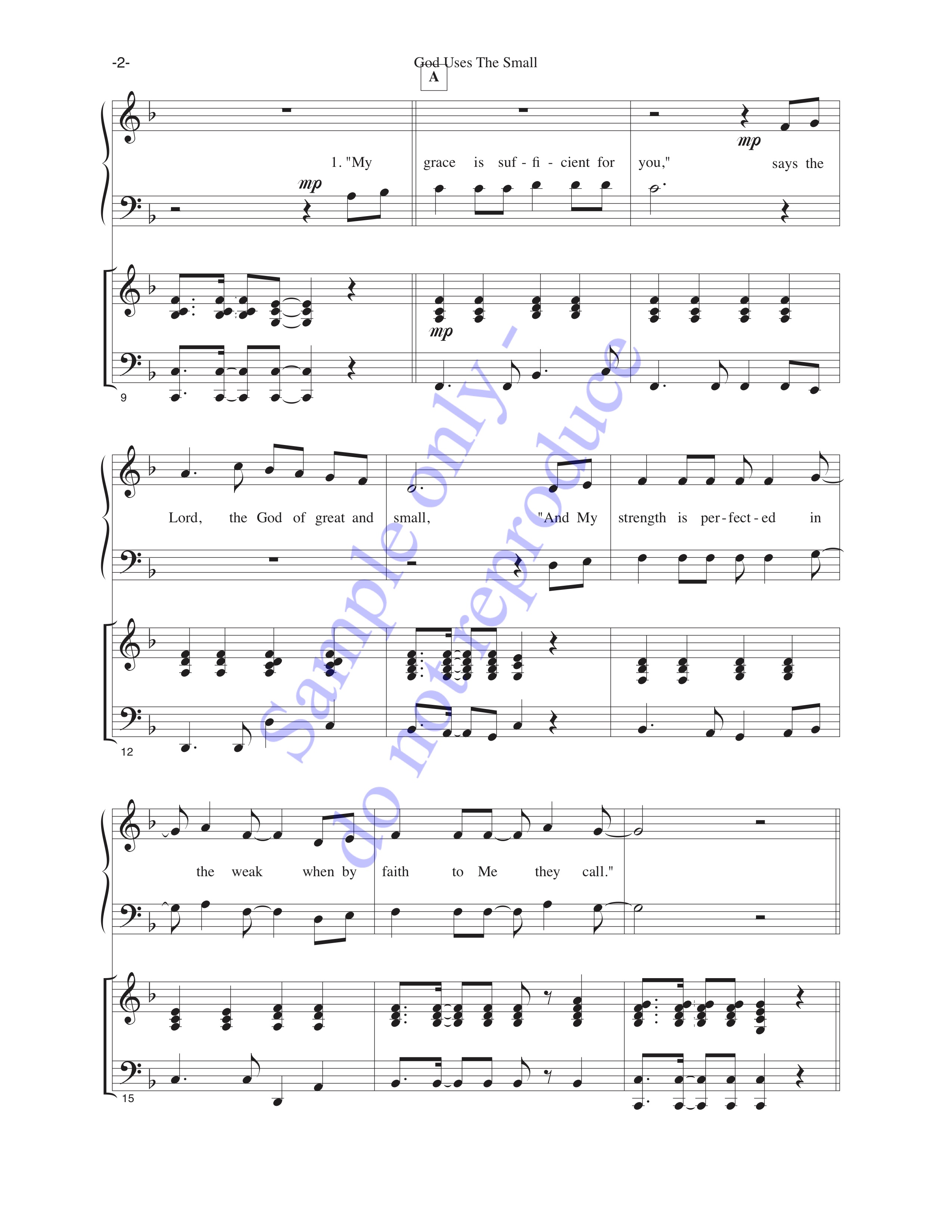The question of how to configure four-in-hand bells (usually for eight-bell duets or twelve-bell trios) comes up every now and then. The mental effort required to manage four notes simultaneously dictates a need to make as much of that thinking as automatic as possible.
One school of thought goes with the idea of holding the bells in keyboard order, so “C/D E\F”, where the forward slash denotes a left-hand pair with the C as “primary” and the D as “secondary” (see my earlier post about what “primary” and “secondary” mean). The backward slash specifies a right-hand pair. This incorporates they layout of the piano that we understand, so it’s fairly intuitive.
The “parallel thirds” approach, C/E D\F, takes advantage of the harmonic structure of the music we hear most often in Western society where our chords come from triads. For instance, C-E-G forms a triad defined as a C major chord. It turns out that our harmony contains thirds more often than seconds (combinations of adjacent piano keys), which means “parallel thirds” makes them more manageable.
A physical reason leads to the “heavy primaries” approach. Handbells vary in size and therefore weight, so making the heavier bell of a pair is more manageable (yes, both in American and British four-in-hand). Doing this with the four bells we’re setting up with C/E F\D.
These possibilities constitute just three of the possible twenty-four permutations. Rest assured that no one can prevent you from using any of the other twenty-one; however, in practice you’ll most often encounter these three. However, a funny aspect of choosing your favorite four-in-hand configuration arrises when you consider the challenge of playing consecutive notes with the same hand: You can’t escape! It turns out that changing the order of bells in your hands only succeeds in moving the problem to another part of the piece!
Carla and I describe how this all works in a somewhat tongue-in-cheek manner: “All you have to do is remember which bells are in each hand, when each plays, and when to turn each one off.” Simple, no?


